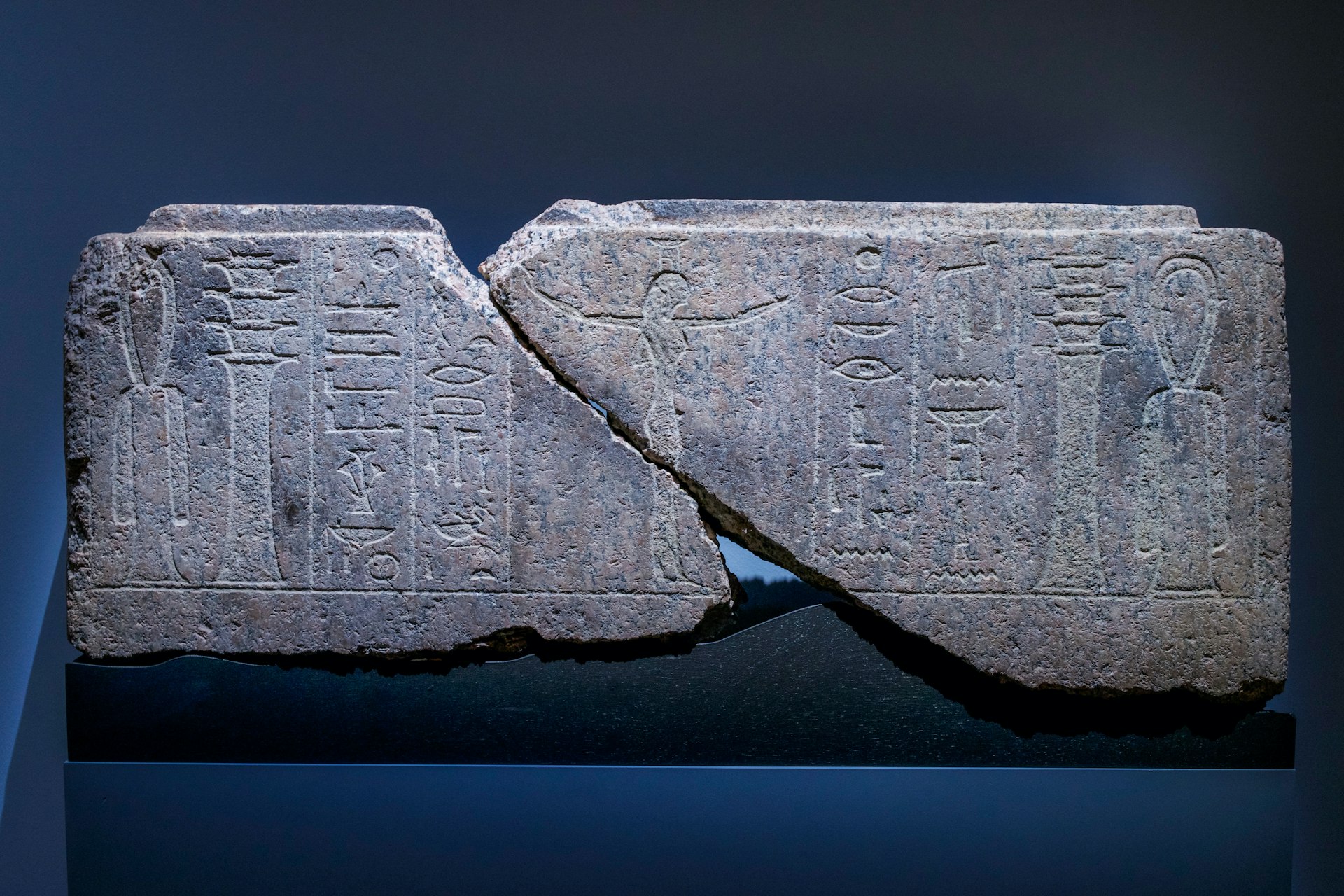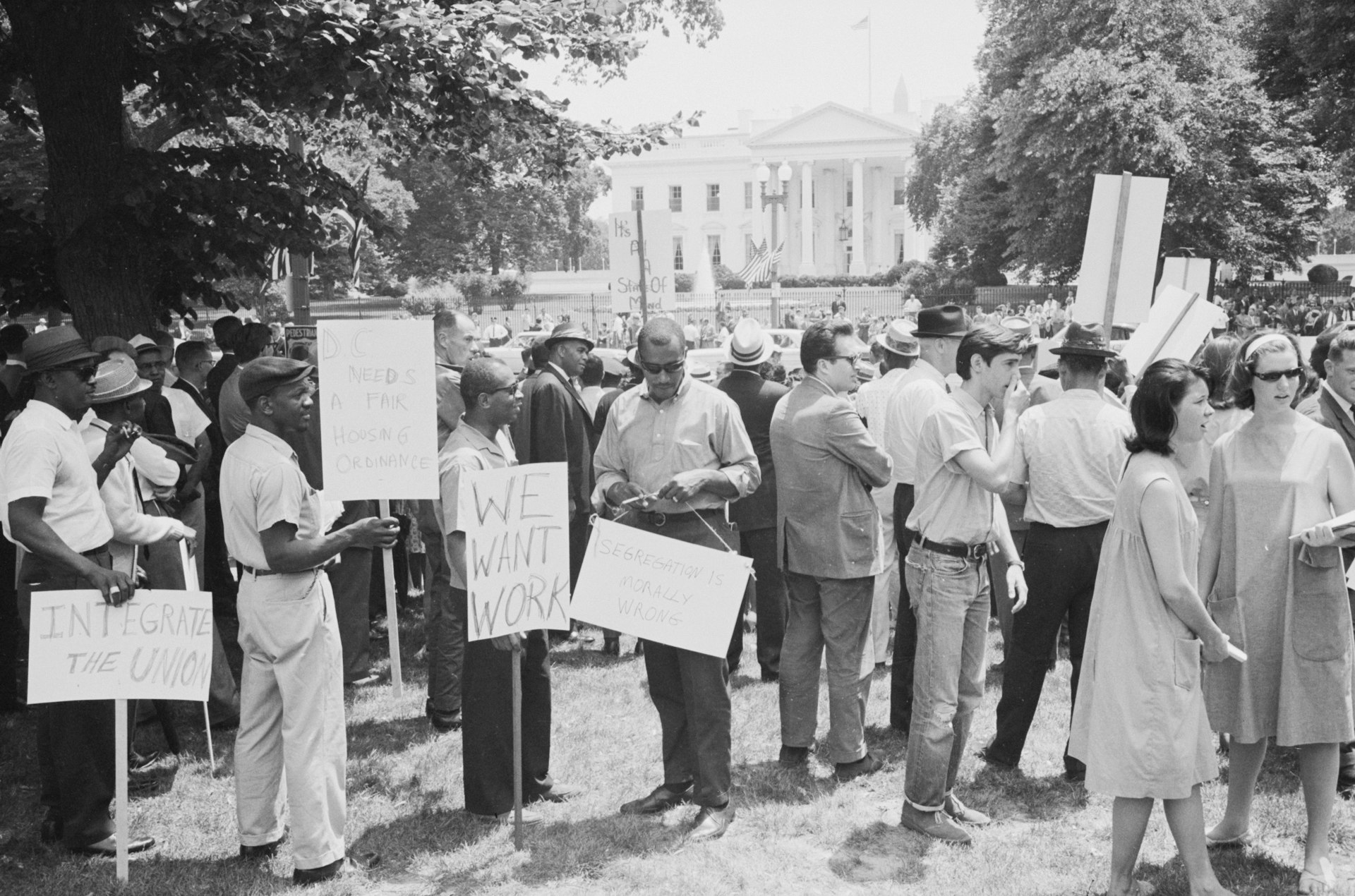Migration and Cultural Blending: How Human Movement Shapes Civilizations

Photo by Europeana on Unsplash
Introduction
Human history is defined by migration and cultural blending . From the earliest movement of Homo erectus out of Africa to modern global migration patterns, people have always sought better opportunities, safety, and new horizons [1] . As groups settle in new regions, cultures mix, creating vibrant, diverse societies. Understanding these processes provides actionable insights for individuals, organizations, and communities navigating migration today.
The Ancient Roots of Migration
Migrations began hundreds of thousands of years ago. Early humans moved out of Africa between 80,000 and 60,000 years ago, reaching Asia, then Indonesia, Papua New Guinea, Australia, and later Europe [5] . These movements were driven by climatic changes, resource scarcity, and the search for fertile lands. Over millennia, such migrations established the foundations for modern civilizations and language families [3] . For instance, the Neolithic revolution saw agricultural peoples spread across Europe and Asia, creating the major language families we know today.
Key Historical Waves and Their Impacts
Major migration waves have repeatedly transformed societies:
- Bantu Migration : In Africa, the Bantu-speaking peoples spread across central, eastern, and southern Africa, blending with existing populations and introducing new agricultural and metallurgical techniques [1] .
- Arab and Mongol Expansion : Between the 11th and 13th centuries, Arab Bedouins and Mongols moved across Eurasia, contributing to the Arabisation and Islamisation of North Africa and the cultural reshaping of Central Asia [1] .
- European Colonialism : From the 1500s onward, Europeans settled in the Americas, Africa, and Asia. This migration brought new technologies, religions, and trade networks, but also led to conflict and exploitation [4] .
- Transatlantic Slave Trade : Millions were forcibly moved from Africa to the Americas, blending cultures under traumatic circumstances and profoundly affecting societies on both sides of the Atlantic [4] .
Each wave brought not just people but languages, foods, religions, and customs that shaped local and global identities.
Migration and Cultural Blending in Modern History
Migration continued to play a pivotal role in the modern era. In the United States, the period from 1880 to 1918 saw the largest influx of European immigrants, including Poles, Italians, Greeks, Hungarians, and Finns [2] . These groups created ethnic neighborhoods, preserved languages, and contributed to economic and cultural growth. For example, Tarpon Springs, Florida, became a center for Greek immigrants, and its heritage is still evident today.
Music and entertainment sectors, such as Tin Pan Alley and vaudeville, benefited immensely from the creative fusion of Irish, Jewish, and other immigrant talents. This multicultural collaboration enriched American arts and provided new opportunities for business and cultural expression [2] .
Practical Steps for Accessing Migration-Related Resources
Individuals and organizations seeking to understand or participate in migration and cultural integration can take several steps:
- Identify official migration agencies and programs in your country. In the U.S., you can start with the U.S. Citizenship and Immigration Services (search for ‘USCIS’ via official government portals) for guidance on legal migration pathways, family reunification, and asylum processes.
- Connect with established multicultural organizations. Many cities have cultural centers, immigrant support nonprofits, and integration programs. To find relevant services, search for “immigrant support” and the name of your city or region.
- Explore educational resources. Libraries and academic institutions often provide workshops and information sessions on migration history, language learning, and cultural adaptation. For example, the Library of Congress offers extensive archives and educational materials on migration [2] .
- For employers and community leaders: Develop diversity and inclusion training based on migration history and cultural integration best practices. Partner with local organizations to create forums for intercultural exchange and support.
- Stay updated on migration trends and policies. Reliable sources include the United Nations Migration Agency (IOM) and your national statistics bureau. Use official search terms and portals to ensure you access current, accurate information.
If you are looking to immigrate, reunite with family, or support migrants, consult official websites of government agencies or established organizations. Avoid unofficial portals or assumed web addresses. When in doubt, use detailed search terms and confirm site authenticity before sharing personal information.
Challenges and Solutions in Cultural Blending
Migrants face significant challenges, including language barriers, discrimination, and integration difficulties. Host societies may struggle with adapting to new cultural norms or fear loss of traditional identities. Solutions include:
- Providing language and cultural education for newcomers.
- Facilitating community events that celebrate diverse traditions.
- Implementing policies that promote equal access to opportunities.
- Encouraging dialogue and understanding through media, education, and public forums.
Successful cultural blending creates resilient, innovative societies. It can also lead to economic growth, as diversity fosters creativity and broader perspectives in business and the arts.
Alternative Approaches and Key Takeaways
While official migration processes and support organizations are crucial, informal networks-such as faith groups, online communities, and local associations-play an important role in helping migrants adapt and integrate. Consider reaching out to these groups for additional guidance and resources.
Whether you are a migrant, employer, educator, or policymaker, understanding the history and dynamics of migration and cultural blending empowers you to build inclusive, thriving communities. To learn more, search for migration history archives via your national library, or contact recognized multicultural resource centers for tailored support.

Photo by 和国 谢 on Unsplash



